27-Mar-2025 Even big corps fail to speak to you in English
English language is the de-facto modern lingua franca, used by default in computer software, online resources and services.
But even if you prefer English, you sometimes get nonsense.
Three simple rules to talk to users in their language and provide seamless user experience:
- Respect what the browser sends you in
Accept-Language request header
- Persist that, and use it later in emails etc
- Provide a choice, on the web page for non-authenticated users, or customer account settings
Bad things happen if companies don't:
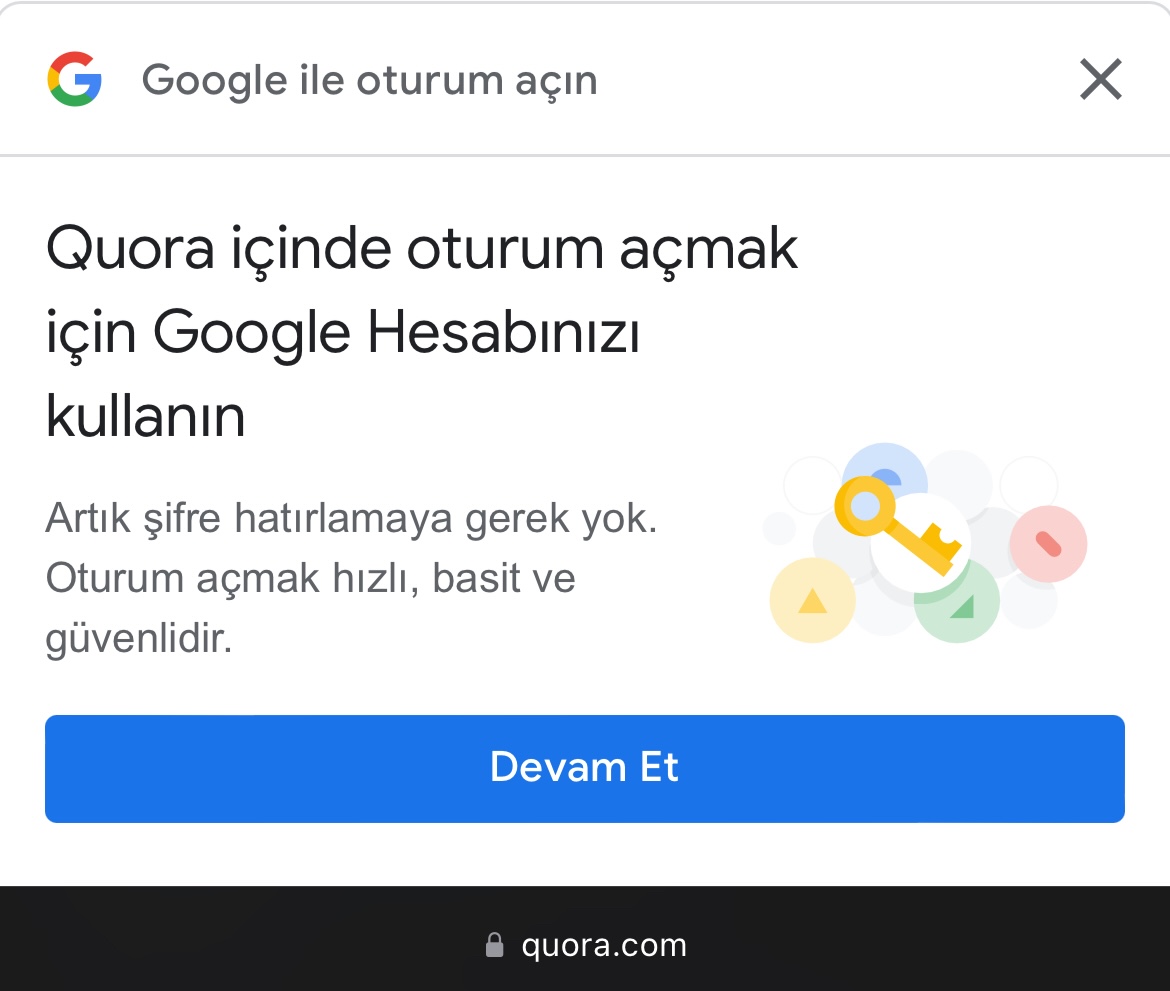
I reside in Turkey, but don't speak Turkish.
I don't use VPN.
English is my primary and preferred language in the browser (desktop Firefox, mobile Safari) settings, and in every service and web site.
❌Google sign in to Quora with Google on Mobile Safari
Interestingly, Quora's content itself is in English, but Google inlay and the authentication page are not.
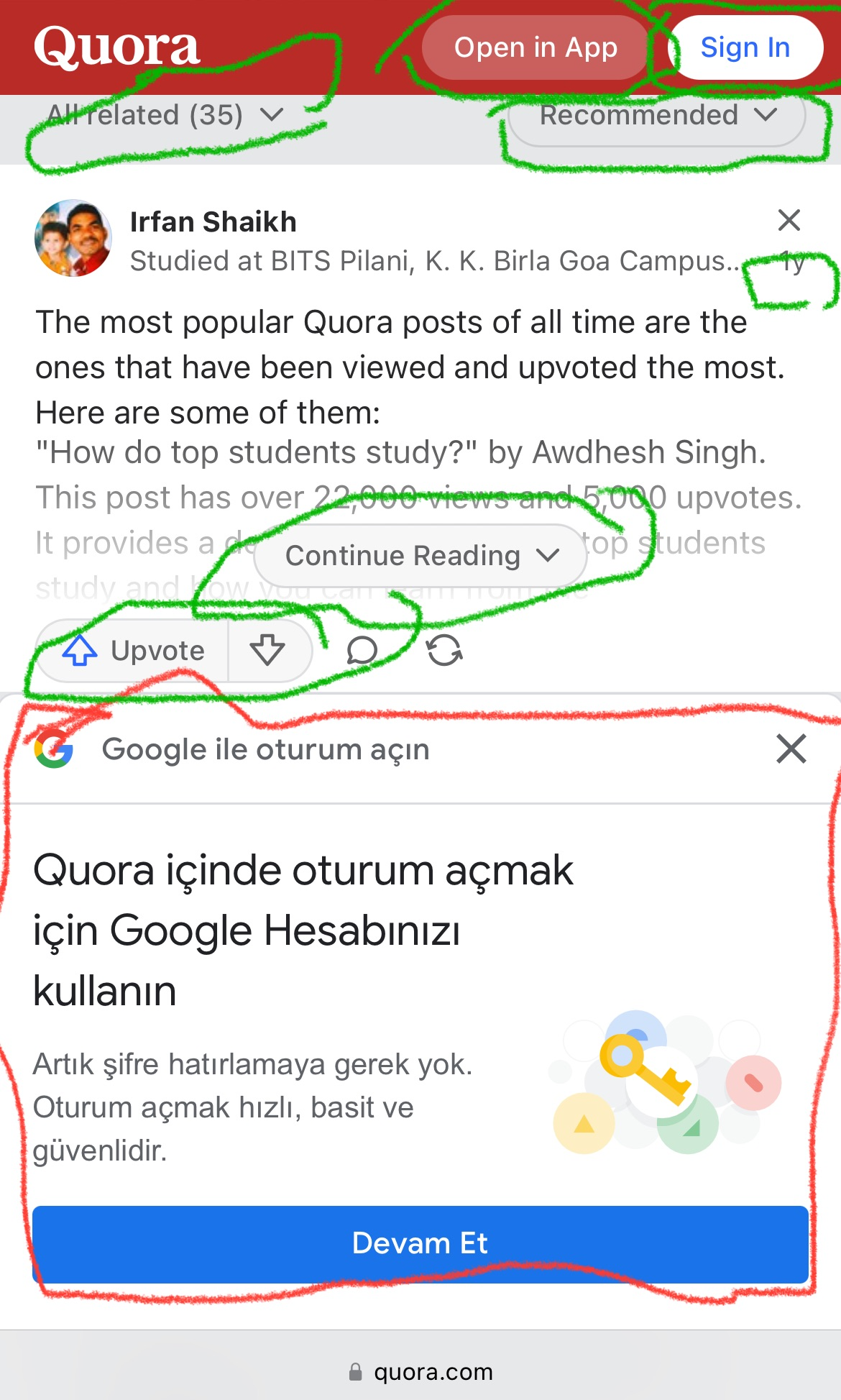
Even though I'm signed in to all my Google accounts.
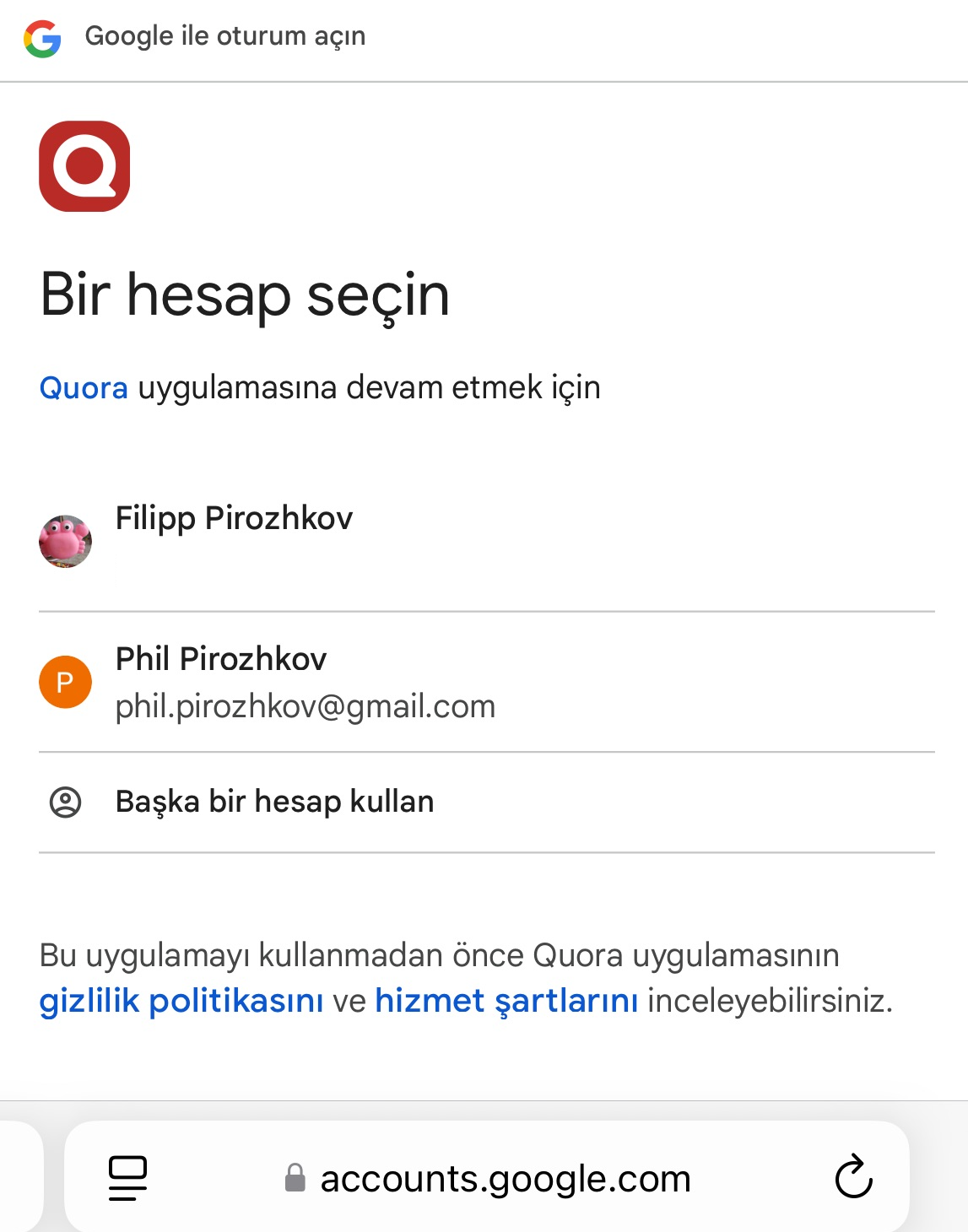
To be fair, it works fine on desktop.
❌Apple iCloud parti 🎉
iCloud loves to parti. And they're inviting!
This is all about email, but those emails are sent to a known customer, with an Apple Account.
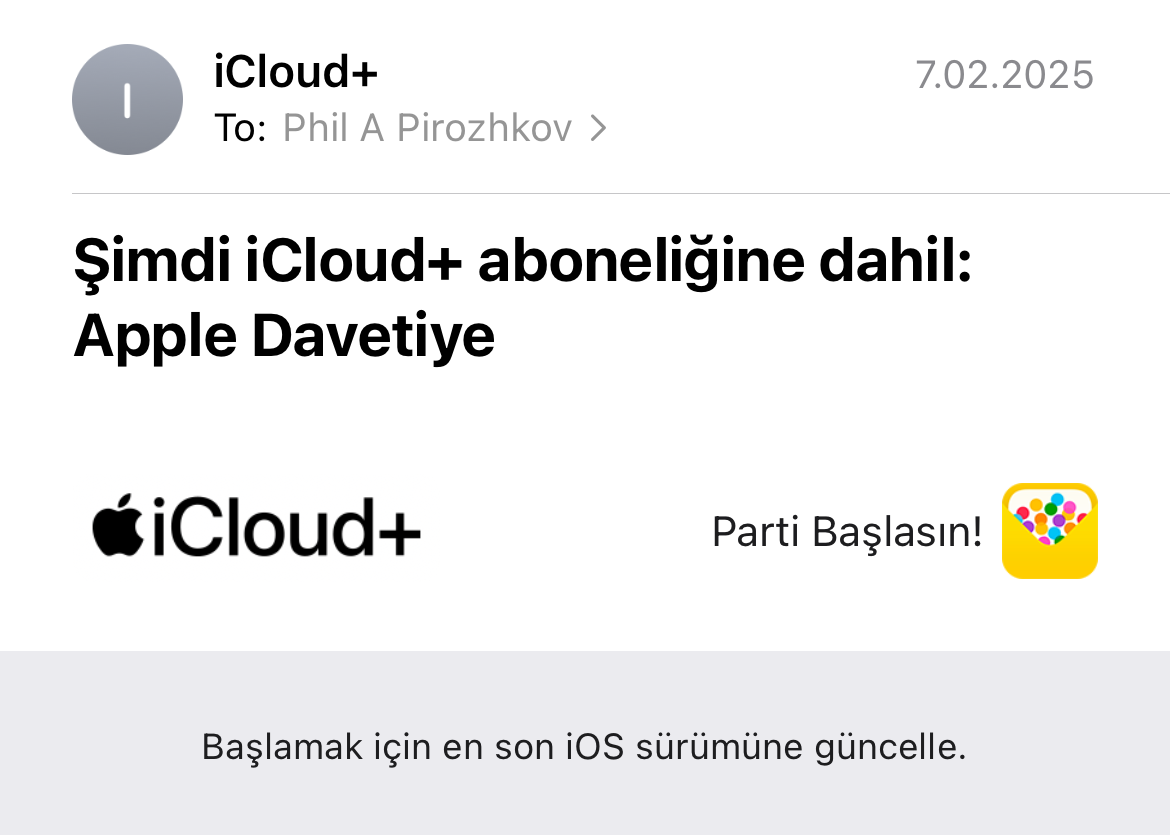
Indeed, my Apple Account's region is Türkiye.
Some useful local apps are only available in the region-local App Store, so the region choice is obvious.
But that doesn't make me a Turkish-speaking person.
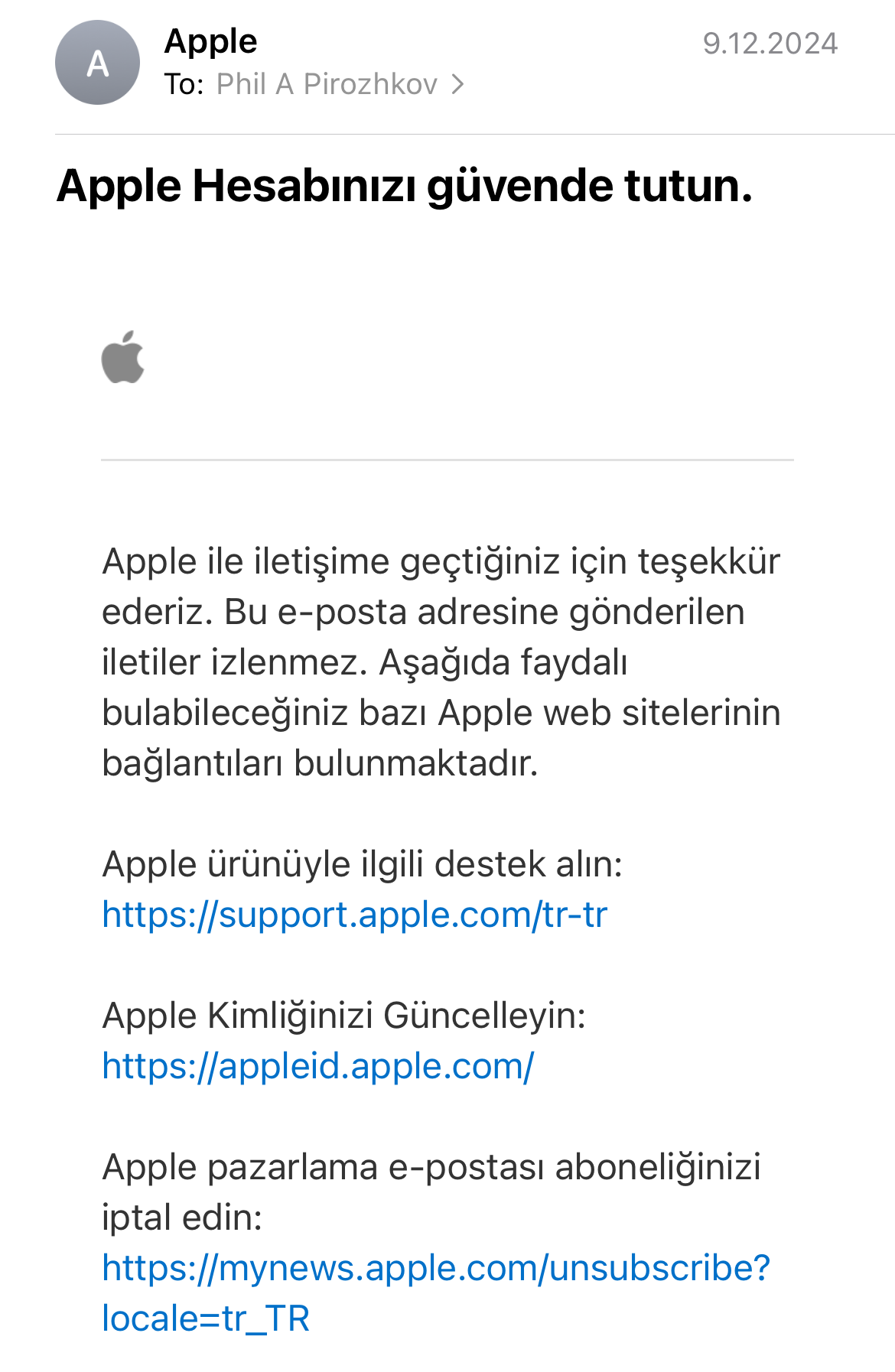
Confusingly, some emails are in English:
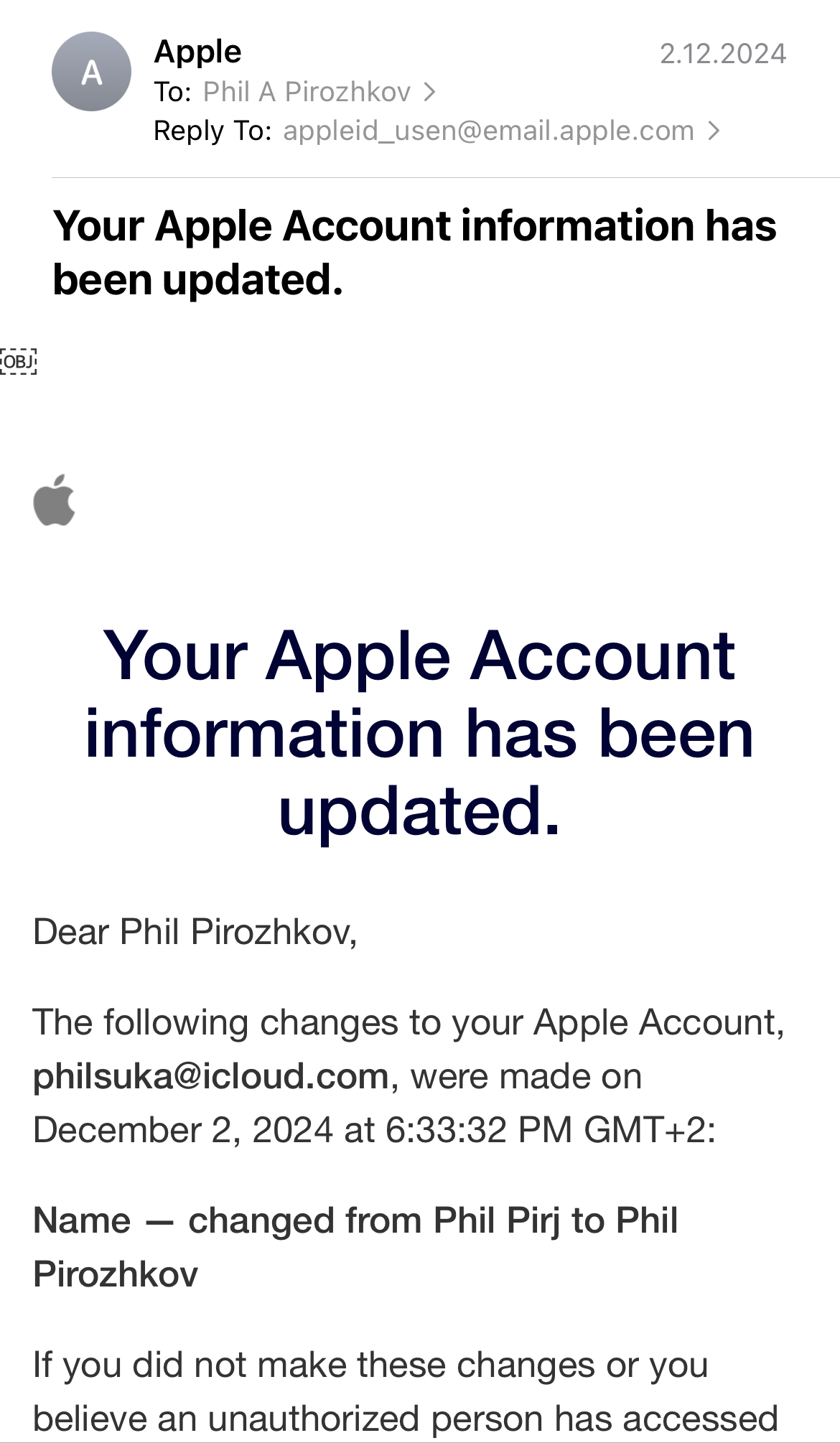
❌Google Calendar 📅
Let's add more languages to the mix!
A former colleague of mine, Pablo, originally from Spain, invited me for a chat.
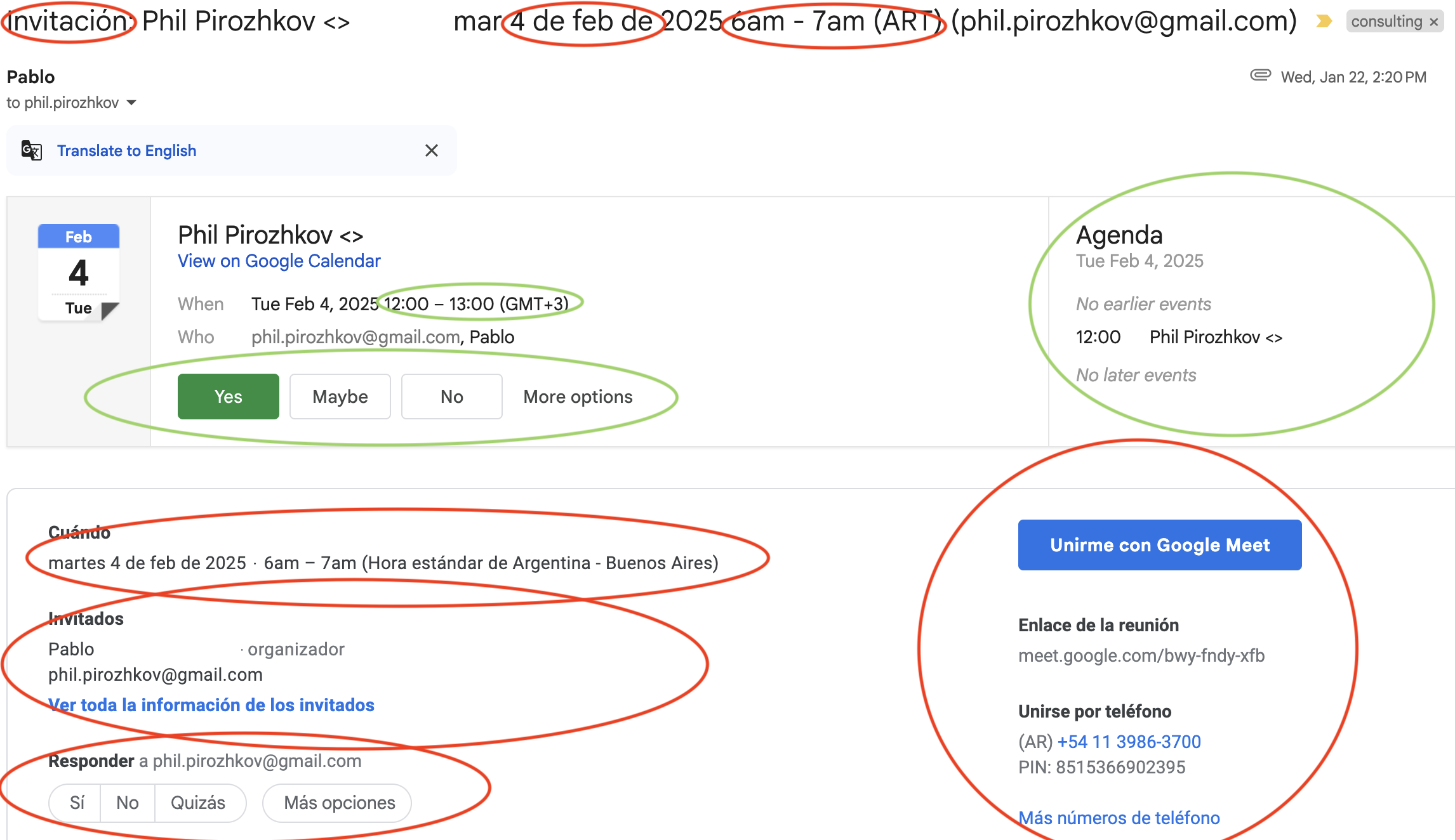
It is not a collage, it's one email message.
❌Microsoft's Xbox knows I'm a polyglot
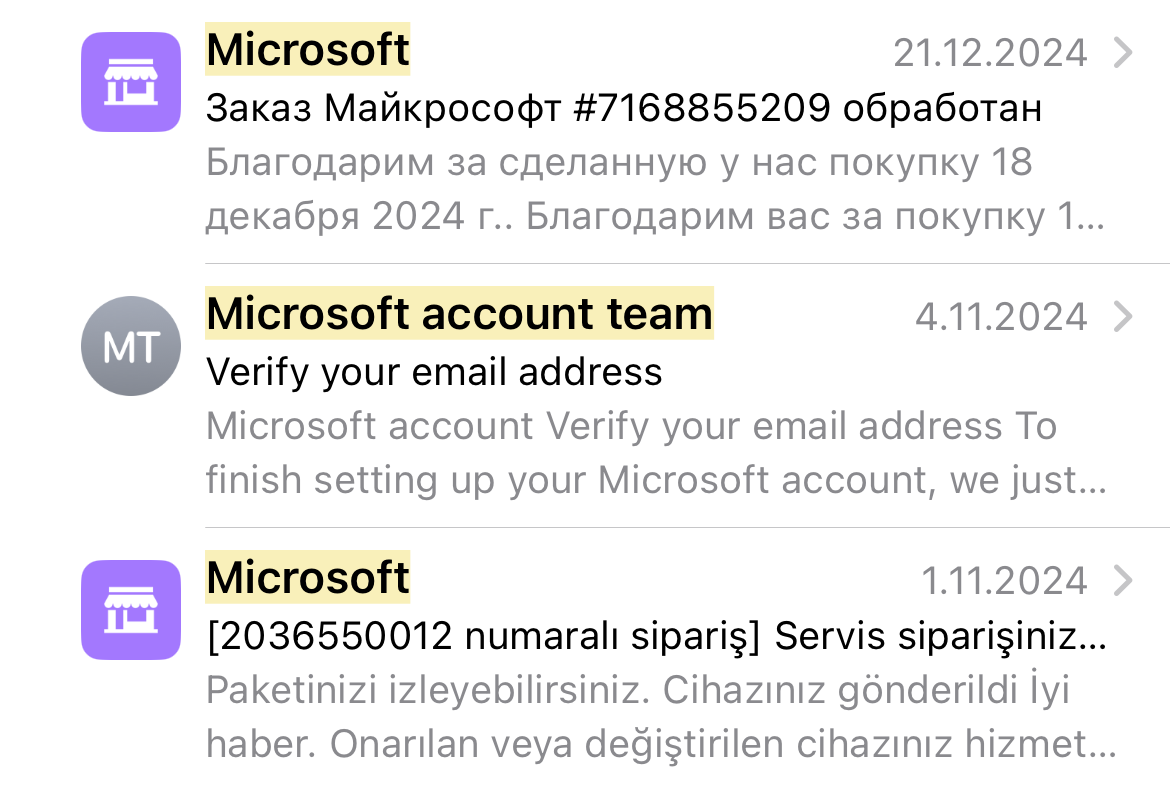
To be fair, I'm not making Xbox's life easier with two (my kid's is the second) Microsoft accounts and Xbox profiles on the same console.
Add the "Console system settings" to the mix, and notifications are barely possible to make right.
But I'm pretty sure none of my language settings is set to "Turkish".
❌Unknown languages 𒅆𒂟
Telegram thinks that I can read Norwegian.
Text in a modal message in a desktop app that can't be copies and paste to translate.
In a privacy-sensitive context.
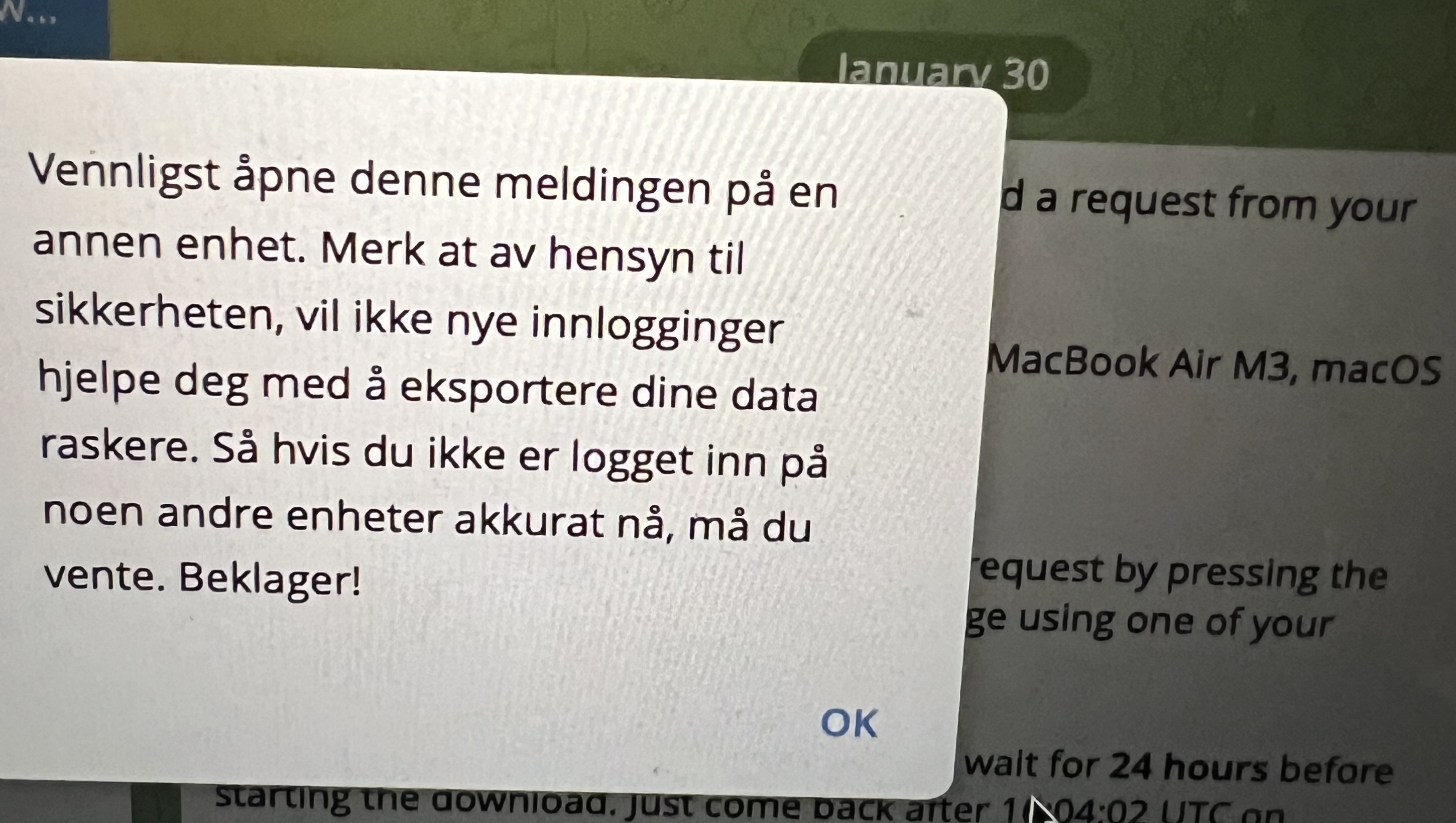
❌Detect language by physical location
GoDaddy redirects to /tr-tr. Are their services region-specific? Quite unlikely.
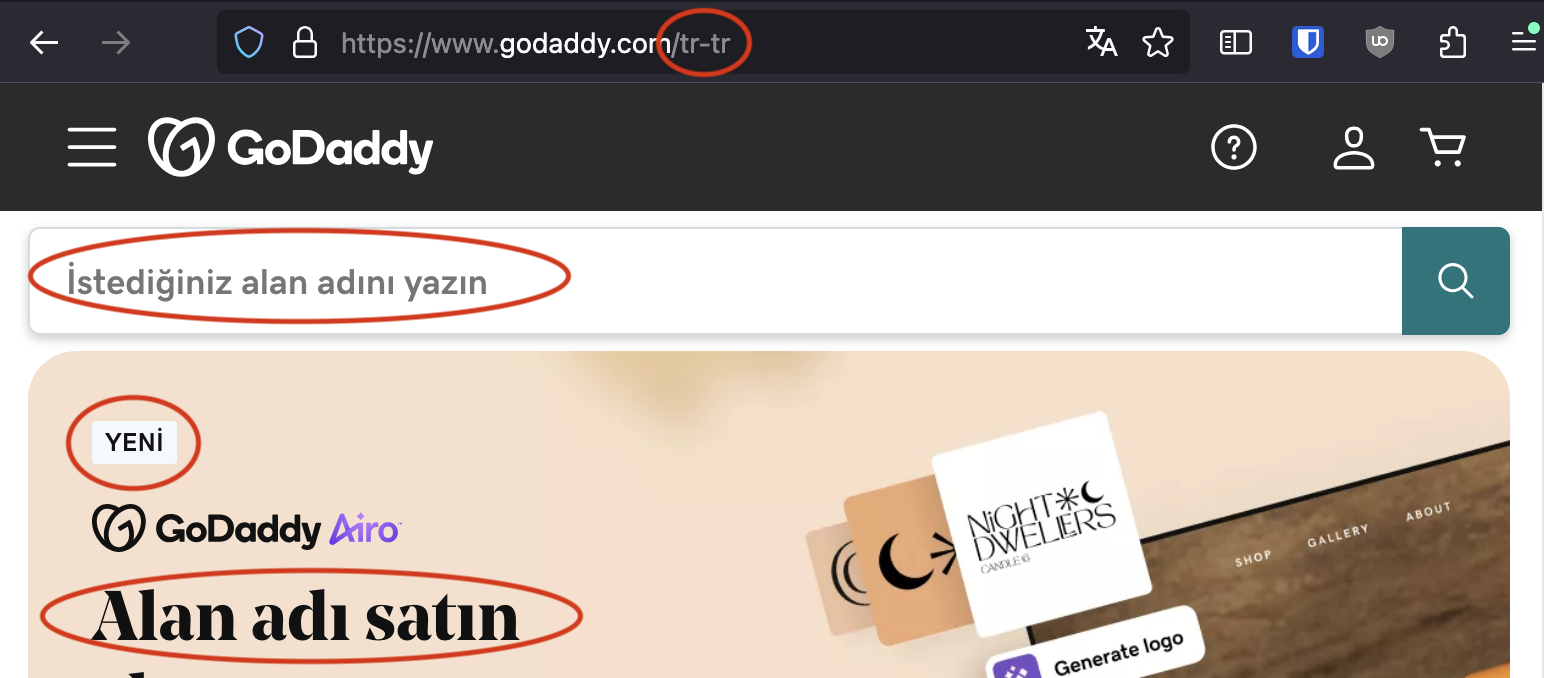
In a nutshell, i18n and l10n are:
Internationalization is the process of designing a software application so that it can be adapted to various languages and regions without engineering changes.
Localization is the process of adapting internationalized software for a specific region or language by translating text and adding locale-specific components.
✅Good examples
Nothing special here: as expected, English everywhere.
Those companies followed the simple rules.
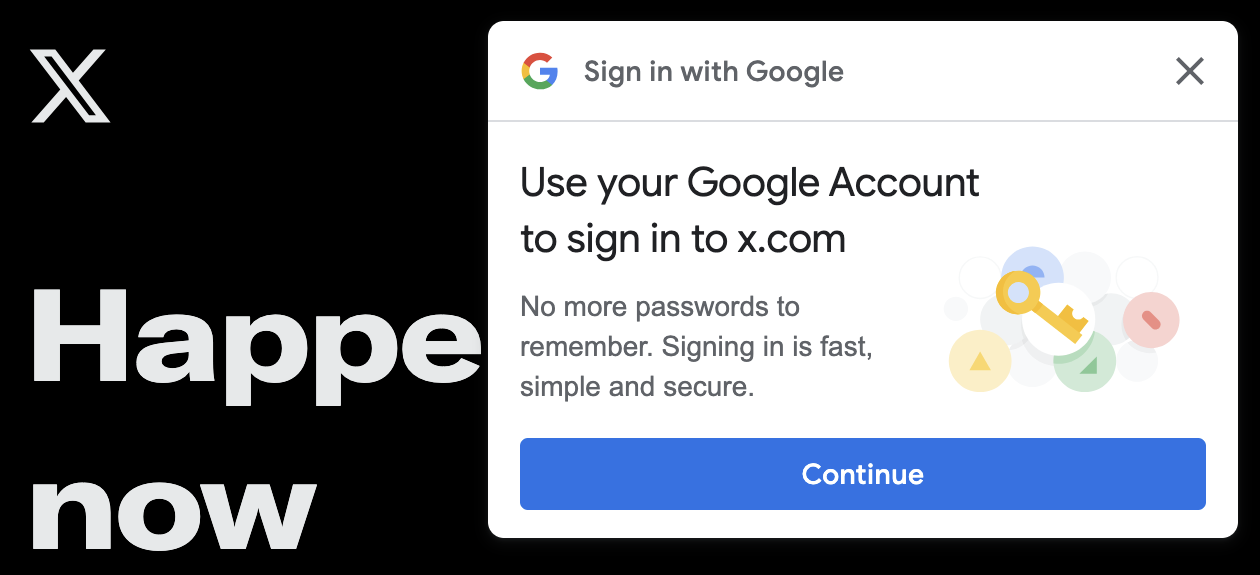
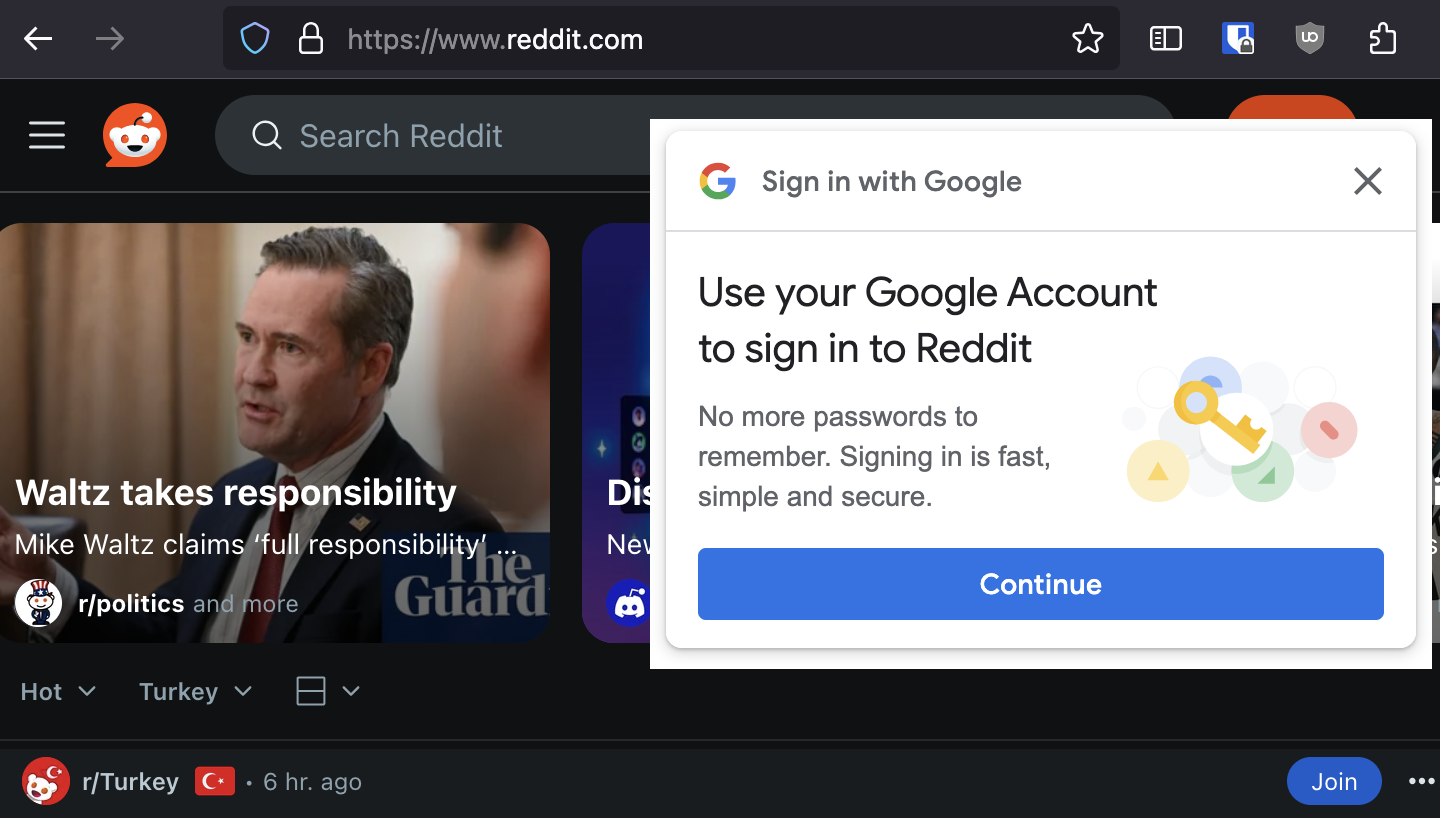
It's worth mentioning that Amazon has a region specific amazon.com.tr site, but they don't propose you to go there after detecting your location:

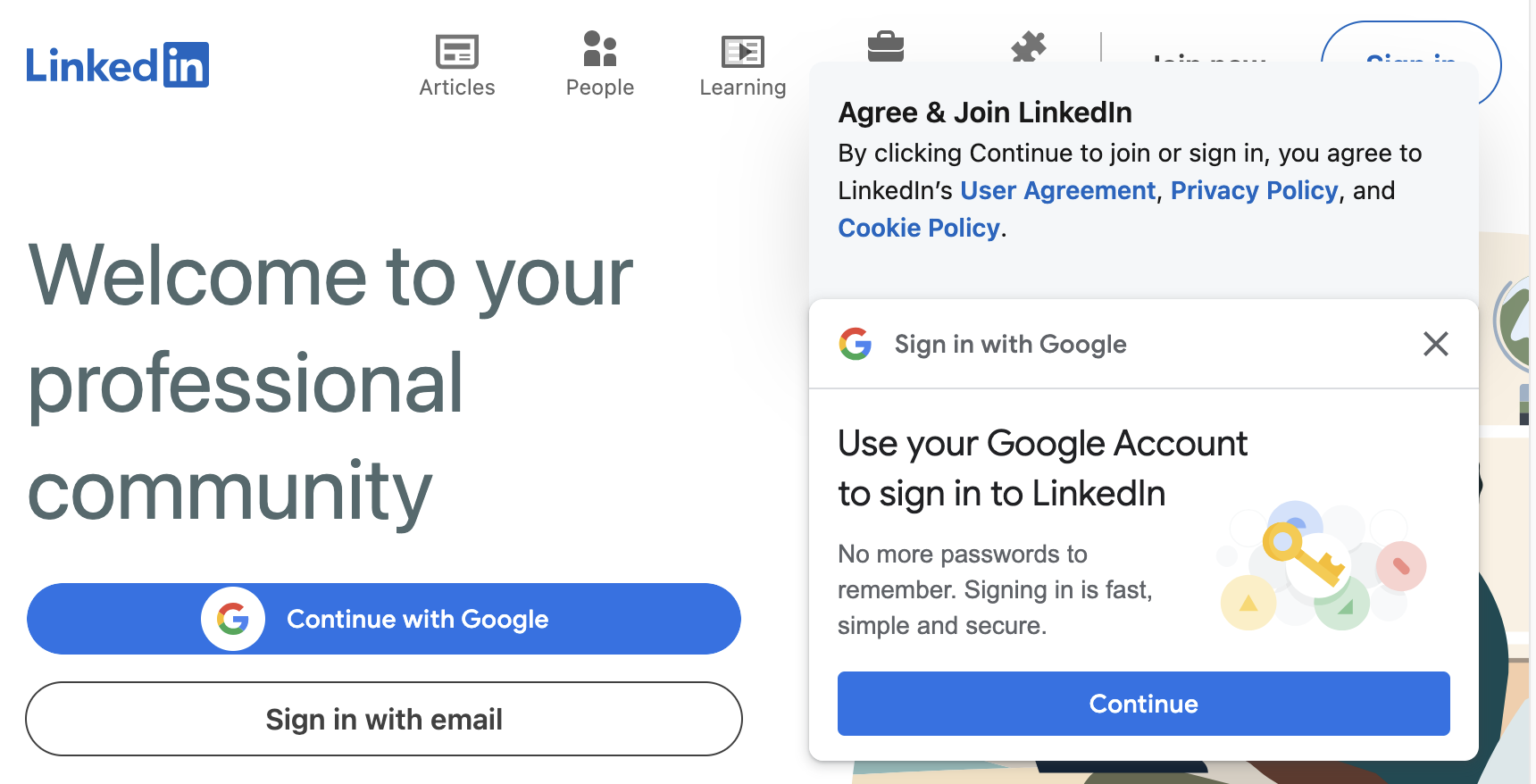
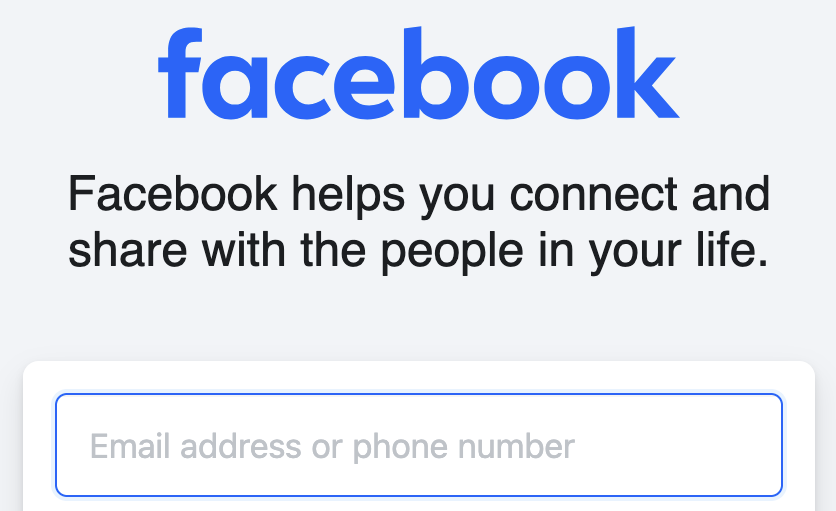
Proposal to switch to region-specific page:

Nearly perfect, just forgot to localize one text item:

Final thoughts
It's understandable that online store or a news sites show region-specific content.
Mixing English titles like "Best sellers" or "Breaking news" with non-English product and news titles would be messy.
Still, I prefer to understand at least something to consistently unreadable text.
Page translation is now available in mobile Safari, and desktop Firefox.
But why not do it right on the first try instead of forcing the user to make an additional step and translate on their side?
Users told you the language they know and understand, why would you want them to stretch?
But follow those essential three rules: use Accept-Language; save it; provide preferred language choice.
Are there any other rules that I'm missing that are needed to talk to users in their language?
Unnecessary technical detail Accept-Language: en,en-US;q=0.7,ru;q=0.3